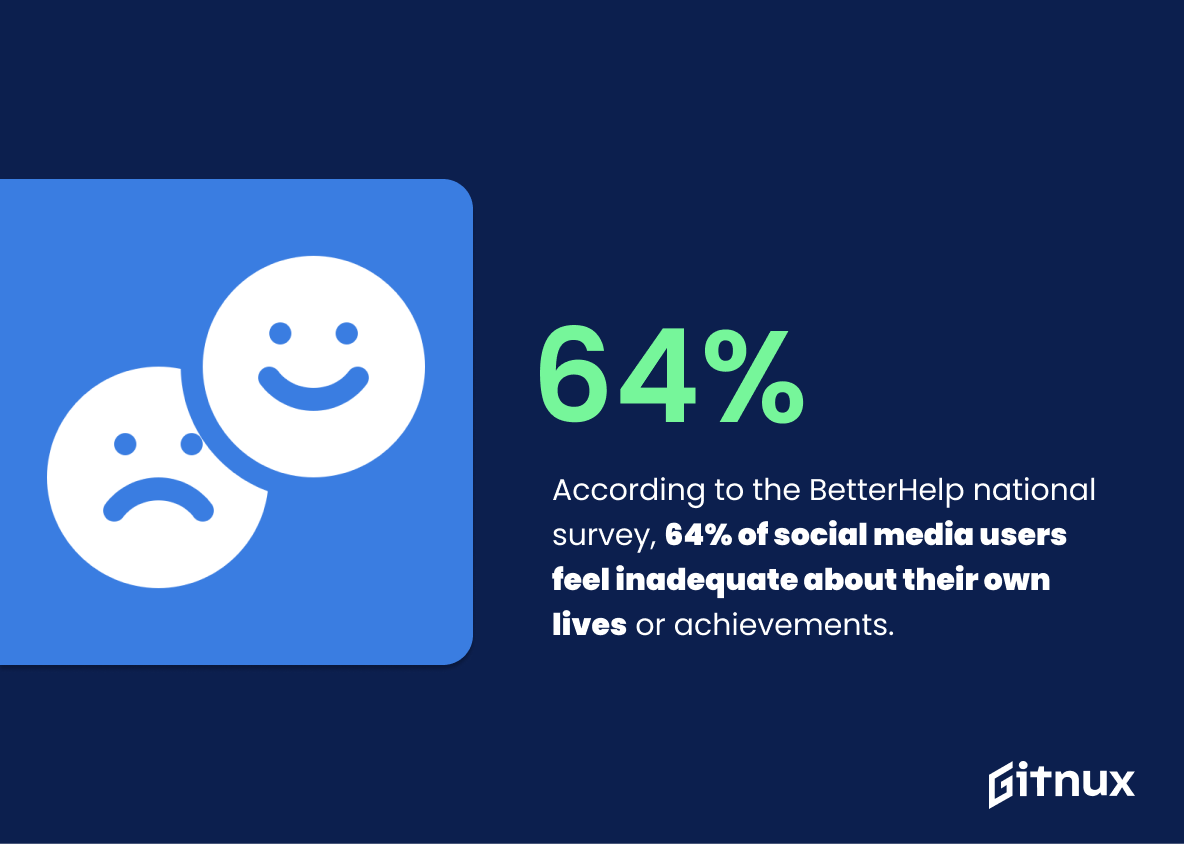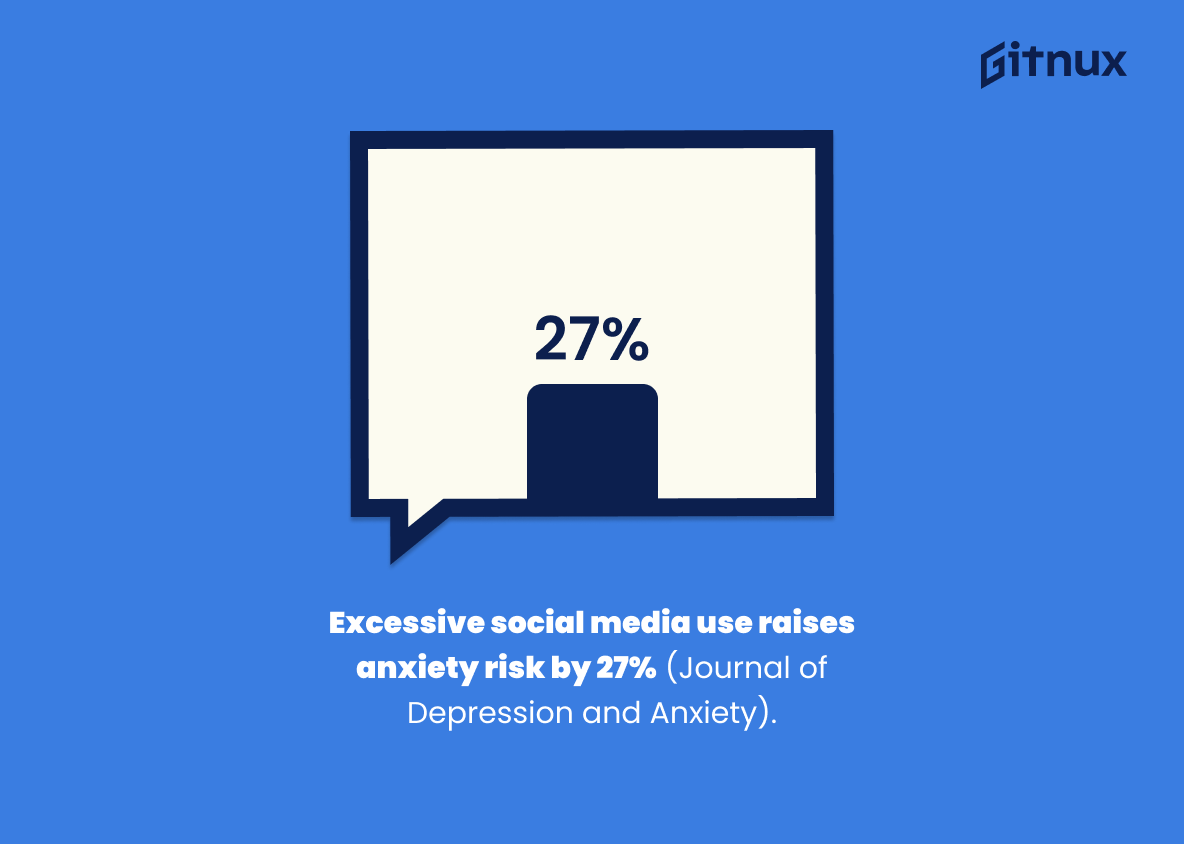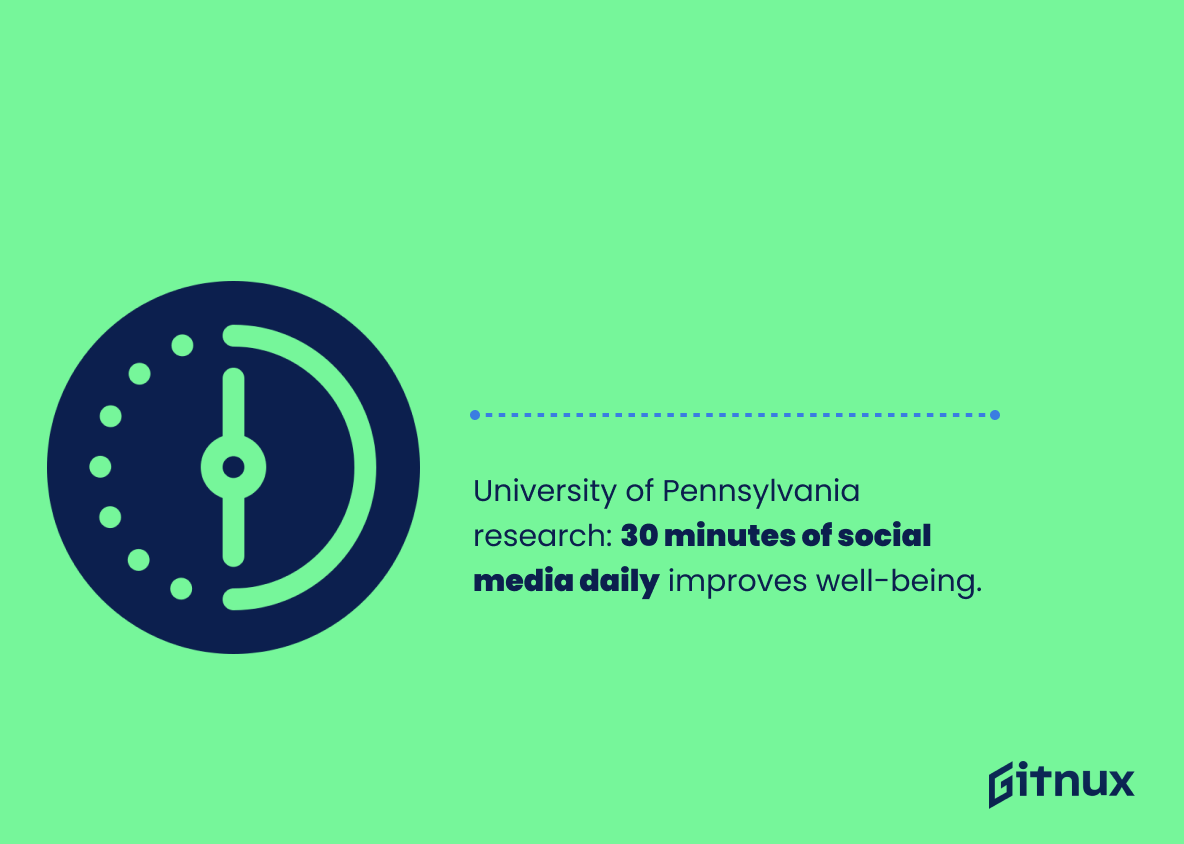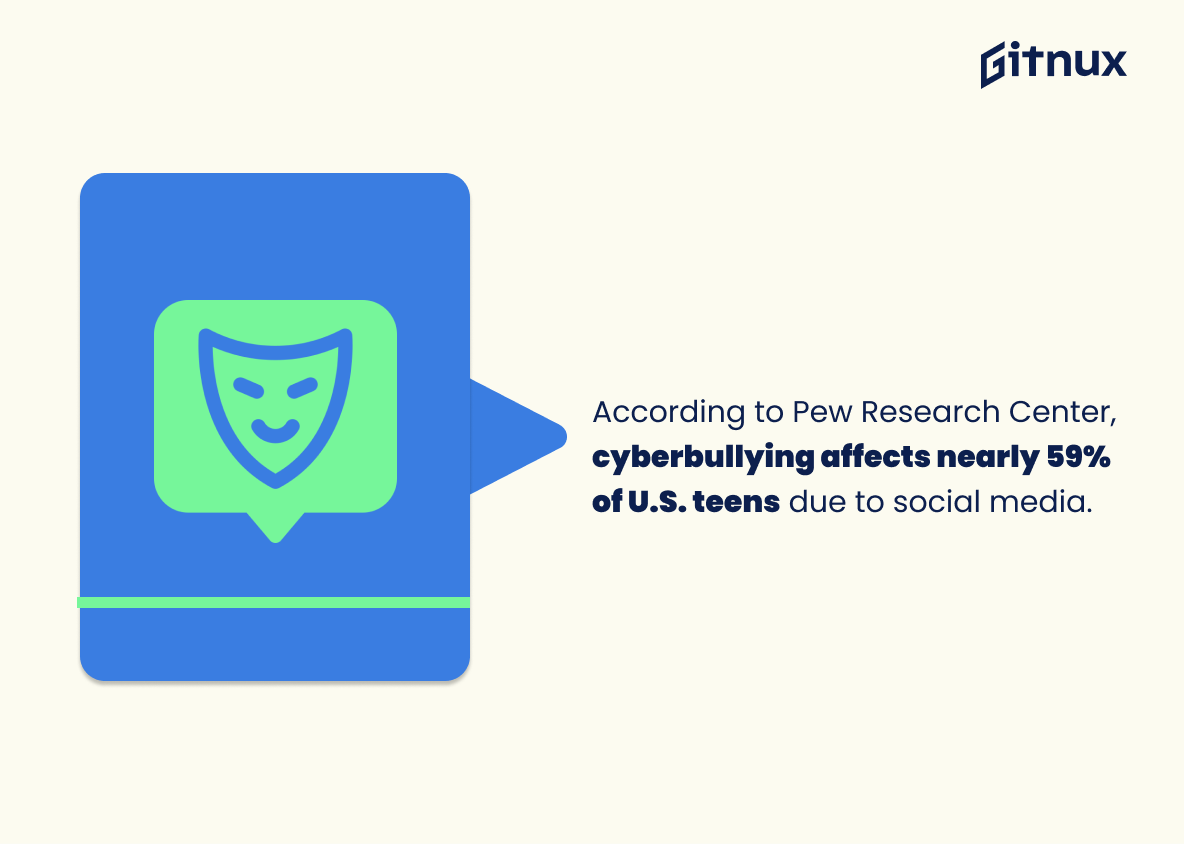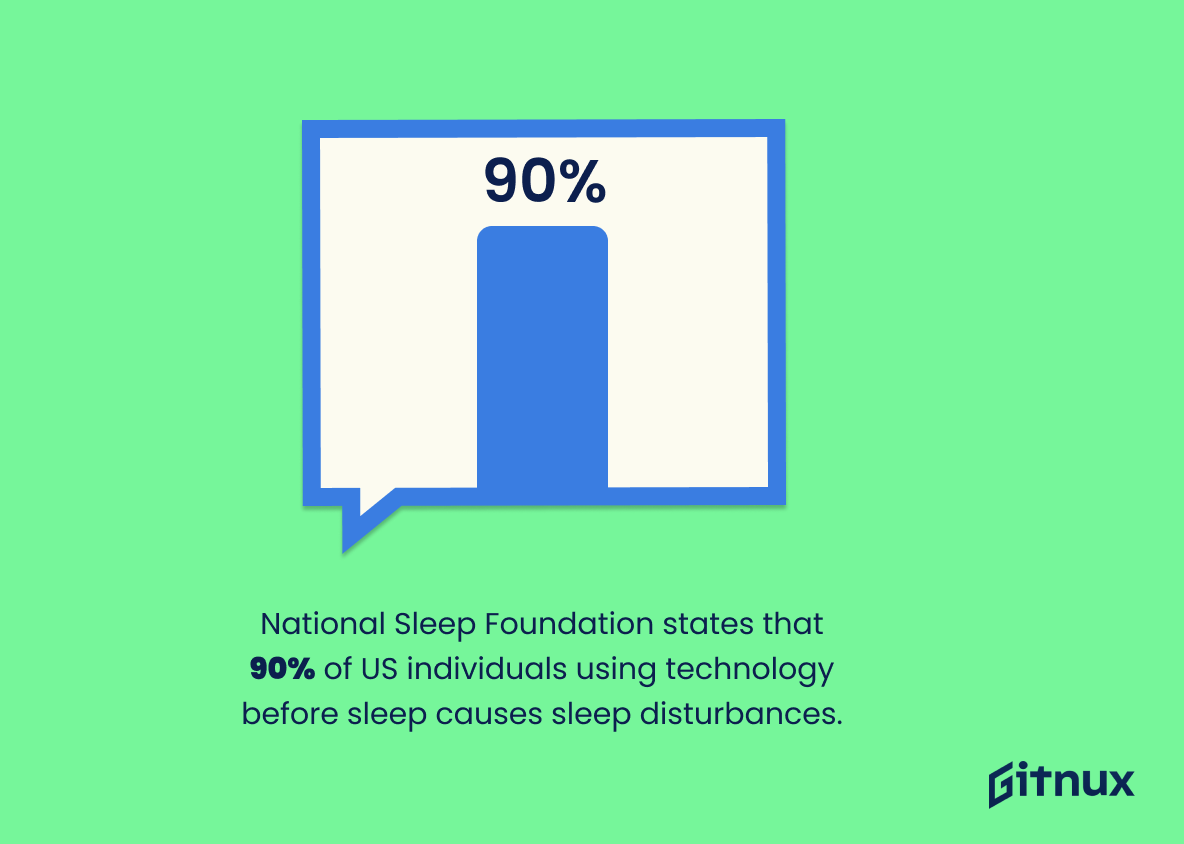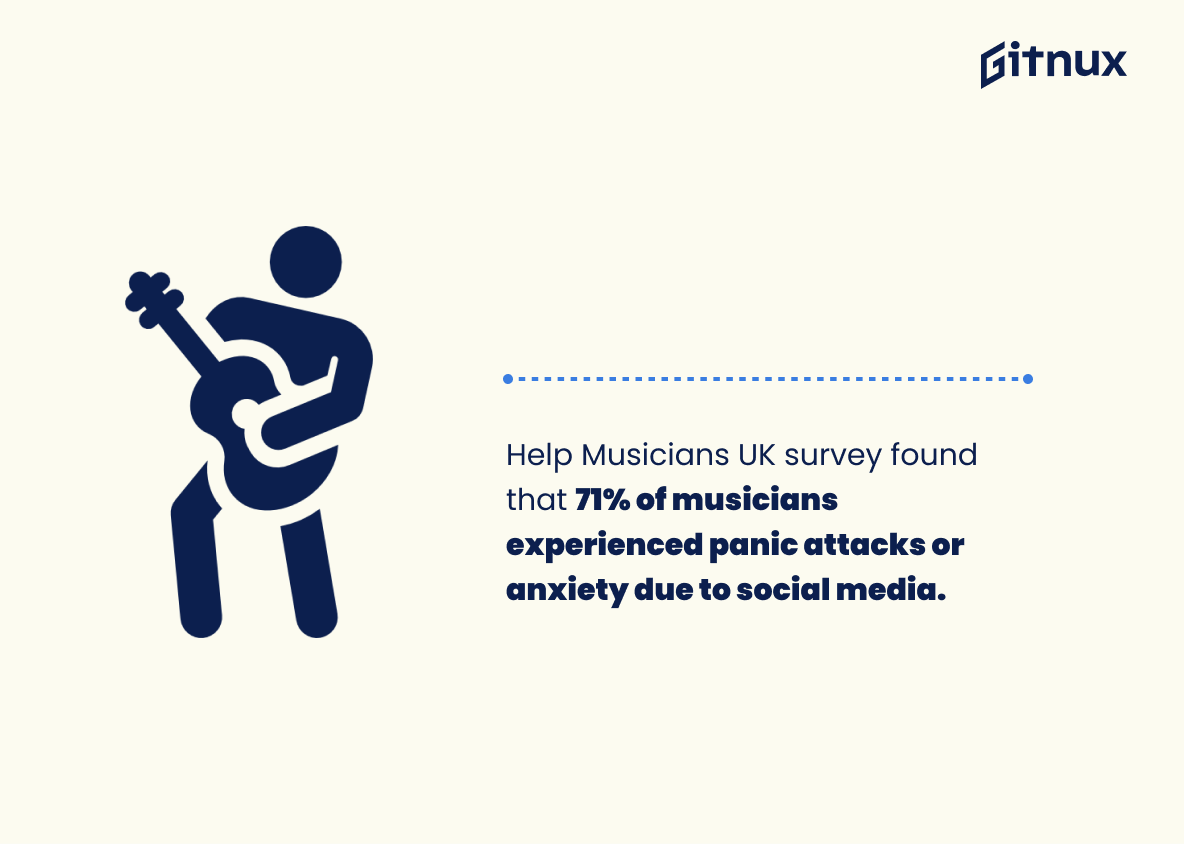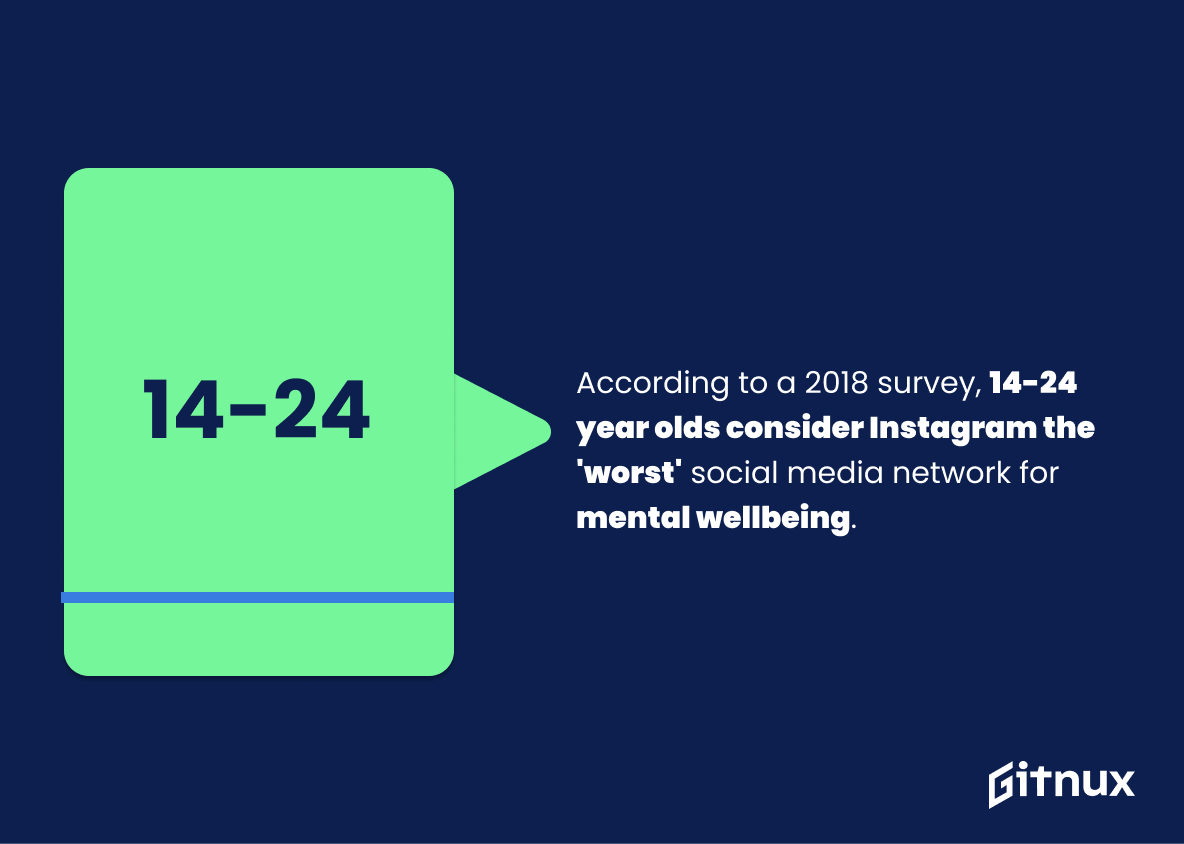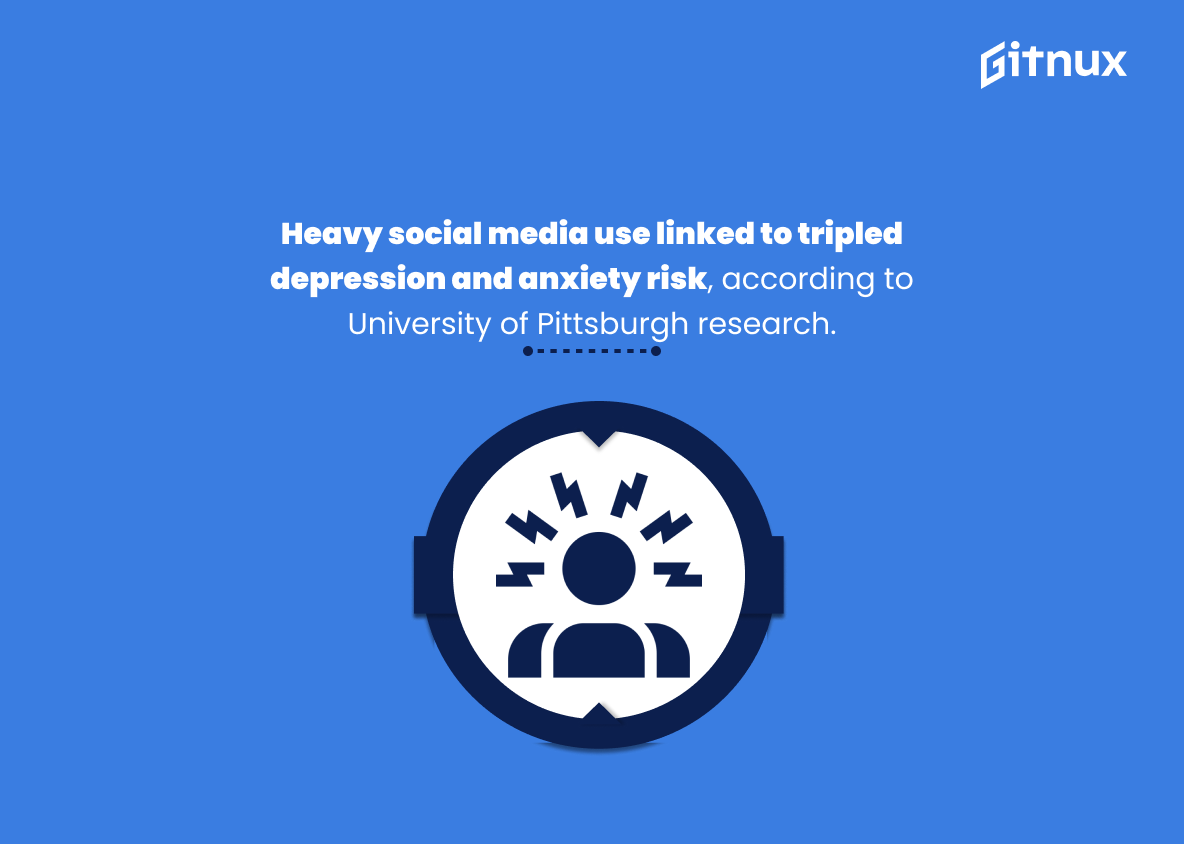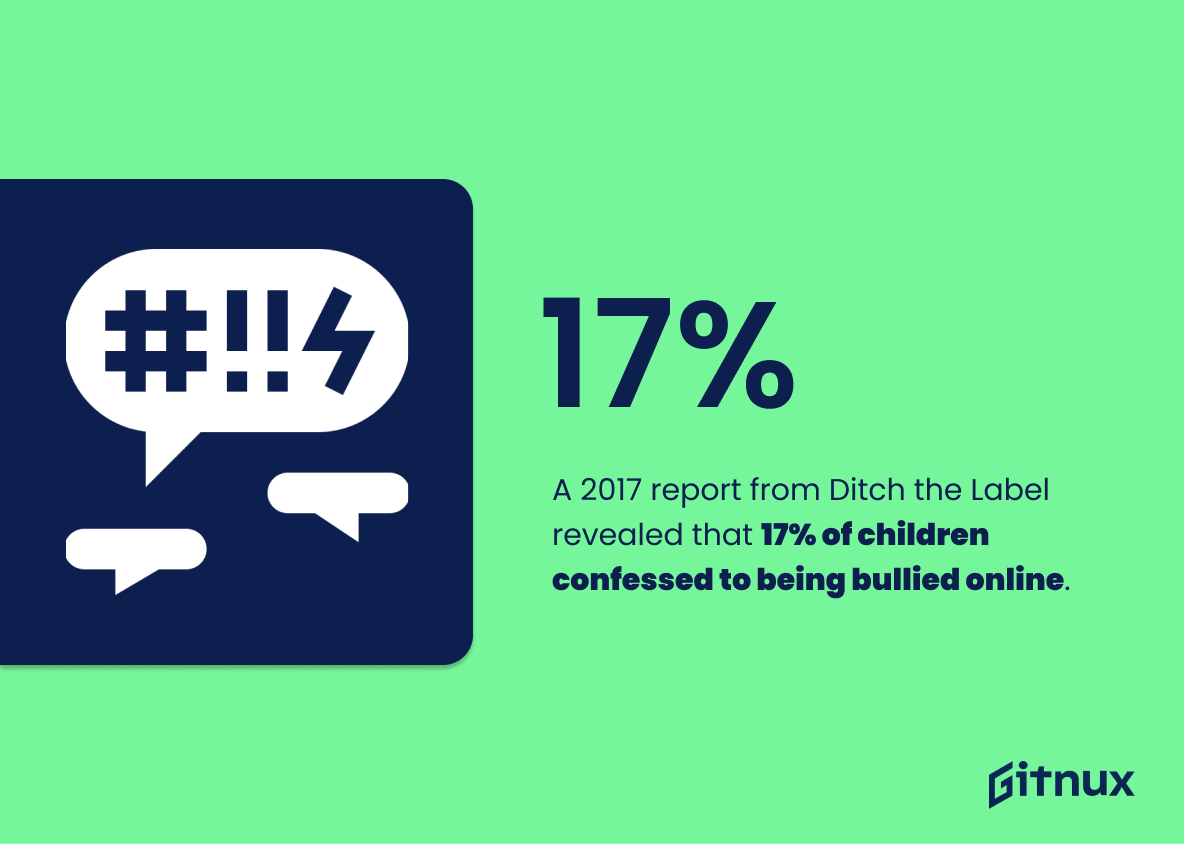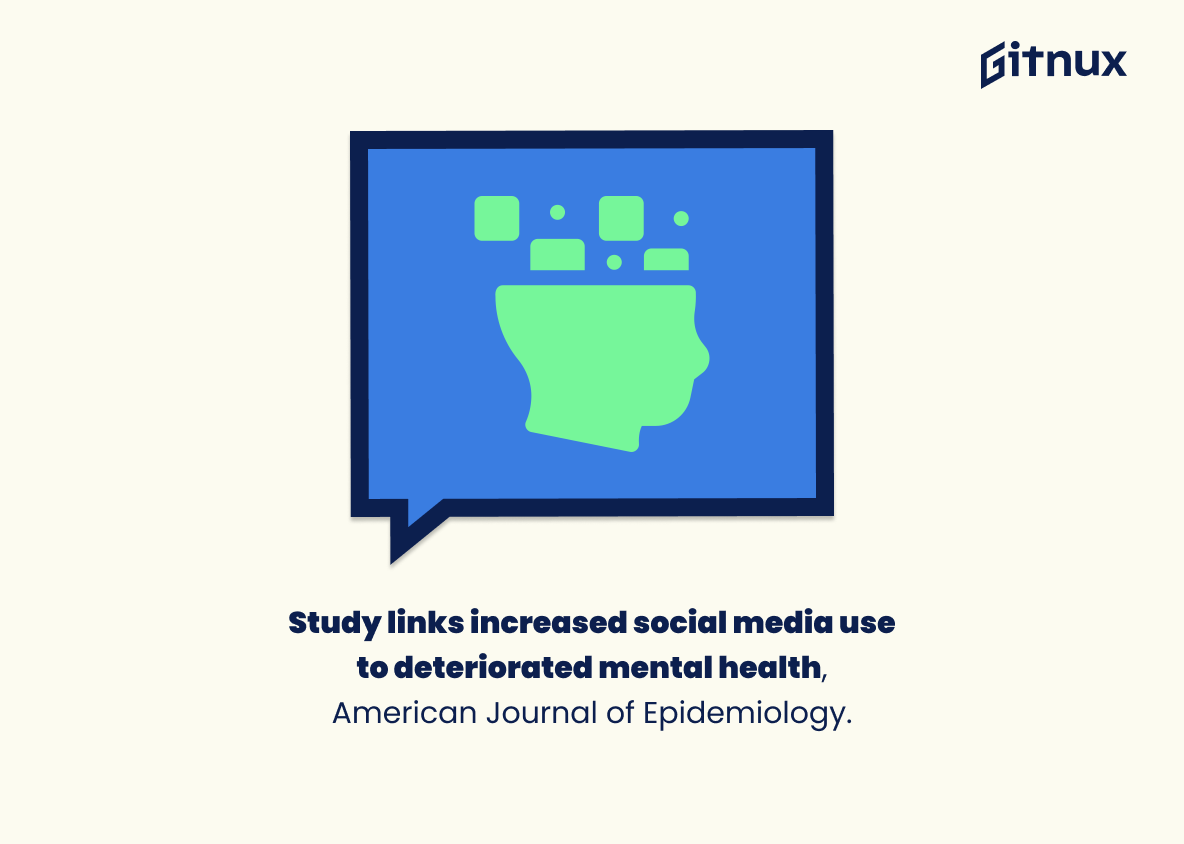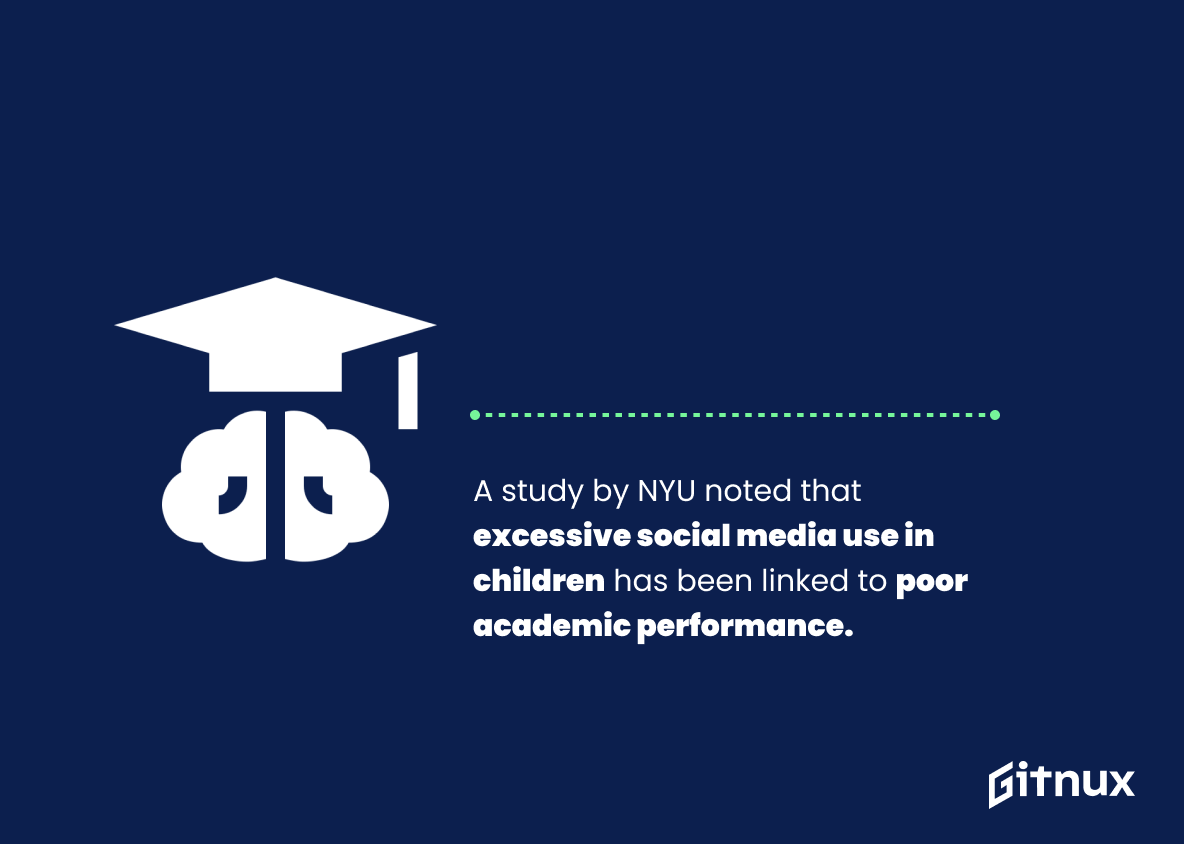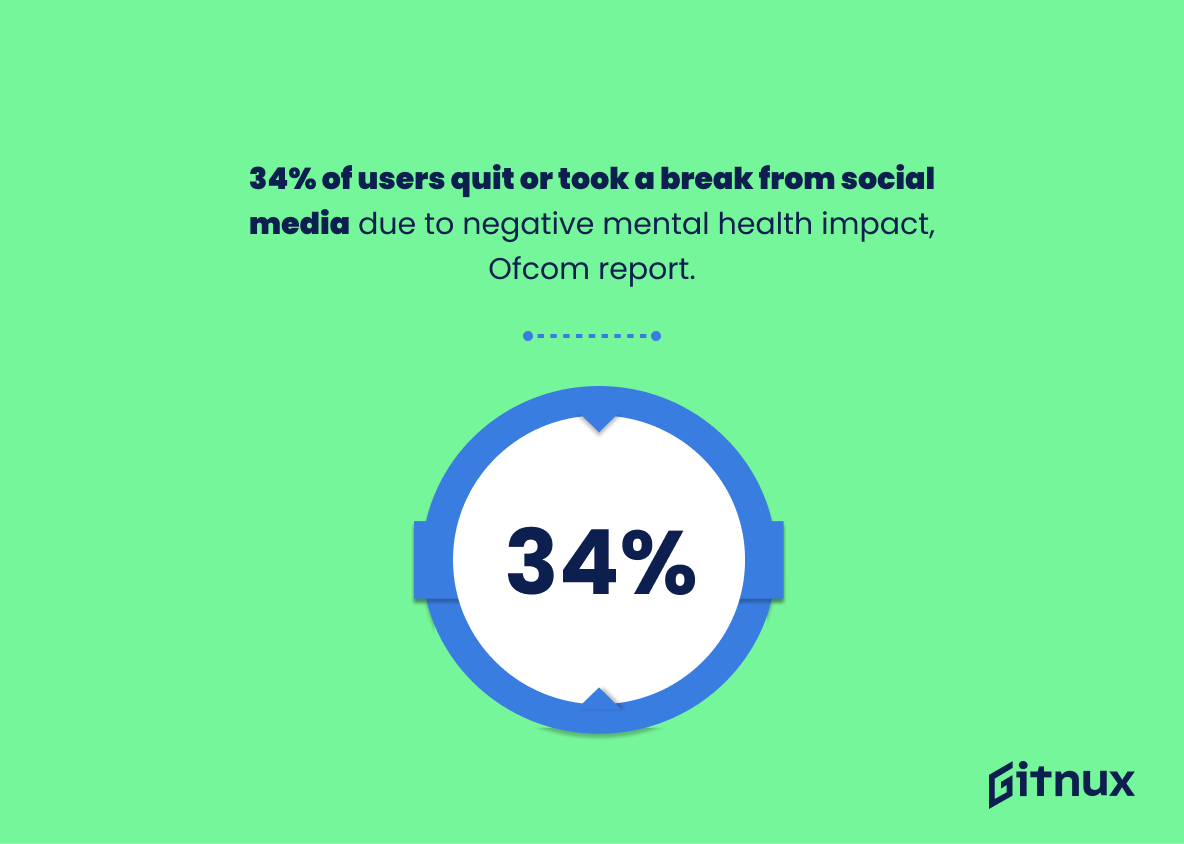In today’s digital world, social media is like a double-edged sword – while on one hand it connects us with our loved ones and provides a platform for self-expression, on the other hand, it poses several serious threats to our mental, physical and emotional health. As we dive into this comprehensive discussion about the negative effects of social media, we will shed light on startling statistics that underline the darker side of these popular platforms. From the alarming rates of cyberbullying to its addictive nature or the negative impact on sleep and body image, these facts will prompt you to reassess your social media habits and encourage more mindful usage.
The Latest Negative Effects Of Social Media Statistics Unveiled
64% of people who consume social media reported that it made them feel inadequate about their own lives or achievements, according to the BetterHelp national survey.
Delving into the depths of this significant figure – 64% of social media consumers feeling inadequate due to their online encounters, as stated by the BetterHelp national survey, provides a compelling perspective on the substantial negative impact of social media. The number serves as a stark warning, illustrating a profound psychological consequence that reverberates far beyond the digital sphere. An understanding of this statistic becomes the linchpin in comprehending the possible adverse effects of social media, making the audience acutely aware of the invisible emotional roller-coaster experienced by many behind the screens. It exposes the pivotal role of social media platforms in shaping self-perceptions and propelling comparisons, which can often cast long, self-deprecating shadows on users’ lives or achievements. This key statistic underscores a pressing issue warranting address in the discourse surrounding social media’s negative effects.
As per the Journal of Depression and Anxiety, 27% of people who spend more than three hours each day using social media are more likely to develop anxiety.
Unraveling the hidden message under the blanket of this statistic makes it pertinent to any blog post discussing the negative effects of social media. Precisely, it trails the haunting shadow of social media on our mental well-being, indicating that spending over three hours daily on these platforms pushes a person into anxiety’s ominous sphere. Acting as a cautionary tale, it suggests that our digital habits might be sculpting invisible labyrinths of stress and worry, with a startling 27% of people playing into anxiety’s hands. This statistic critically highlights the need to tame our social media usage and re-evaluate the digital footprint that we leave behind on our mental health.
According to research by the University of Pennsylvania, limiting social media usage to 30 minutes a day can lead to significant improvements in well-being.
This profound insight derived from the University of Pennsylvania casts a vibrant spotlight on the transformative potential of consciously curtailing daily social media engagement. In whipping up a blend of caution and optimism, this statistic serves as a compelling testament to the power we wield over the digital tools in our lives. Within the larger framework of the blog post on the negative effects of social media, this fact emerges as a beacon of hope. It challenges the grim narrative by giving users a pragmatic, actionable strategy to reclaim their mental space, whilst still staying connected in the digital age. Reading between the lines, we decipher a message of balance and moderation, rejuvenating the dialogue on social media use by introducing the element of personal control and contributing to the ever-essential conversation on mental health and digital wellness.
Cyberbullying has increased with social media, affecting almost 59% of teens in the U.S., according to a Pew Research Center study.
The surfacing of this statistic holds a mirror to the menacing side of social media, highlighting its propagation of cyberbullying. It’s staggering to perceive that almost three out of five teenagers in the U.S. are victims of this digital harassment, as per a Pew Research Center study. This statistic is instrumental in feathering the narrative around the negative impacts of social media, offering a quantifiable measure of the scale at which this byproduct of technology reaches into the lives of our youth. Thus, in the discourse about the harmful effects of social media, the colossal prevalence of cyberbullying affirms its significance, orchestrating a profound wake-up call for necessary intervention measures.
Royal Society for Public Health survey in the UK revealed that Facebook, Instagram, Snapchat and Twitter all harm young people’s mental health.
The chilling revelation stemming from the Royal Society for Public Health survey in the UK paints a stark reality of the adverse impact social media can have on young minds. When we take a detailed approach to understanding the repercussions of social media, we can better comprehend the gravity of the situation. As our blog post delves into the negative effects of social media statistics, this data becomes vital. It unequivocally corroborates the fact that social media giants like Facebook, Instagram, Snapchat, and Twitter, while being facilitators of global connectivity, can simultaneously sow seeds of mental distress among our younger generation. This survey acts as a significant signpost guiding our discourse on just how deep and far-reaching the consequences of the digital world can be woven within the fabric of a young person’s mental health.
Around 28% of US adults say they ‘almost always’ use social media, potentially leading to the negative repercussions associated with excessive use, as per a Pew Research Center survey.
Unraveling the fabric of this statistic provides a stark insight into the current digital landscape in the U.S. We’re not just talking about a fraction of adults casually scrolling through memes and updates. Instead, this represents over a quarter of U.S adults engaged in persistent online activities, which might usher in a host of potential adverse outcomes.
This statistic serves as a lighthouse, warning us of the potential dangers lurking in the sea of social media. In a society where ‘always-on’ culture is prevalent, it precipitates an urgent discussion on the possible perils that up to 28% of American adults may be exposing themselves to. Hence, this data is an indispensable piece of information in the blog post about the negative effects of social media. It gives context to the scale and prevalence of the issue, as well as the urgency of addressing these potential pitfalls. In a nutshell, it paints a vivid picture of how deep-seated social media habits are within our society, and how impactful the negatives might be on such a large population segment.
According to the National Sleep Foundation, 90% of people in the U.S. admit to using a technological device before sleep, which may lead to sleep disturbances.
The staggering revelation that 90% of individuals in the U.S., per National Sleep Foundation findings, engage with technology prior to bedtime forms an integral part of the puzzle in understanding the negative impacts of social media. Our collective rendezvous with digital devices at dusk not only sets the stage for potential sleep disturbances, but it also advances the narrative on the tangible effects of prolonged social media usage. This piece of information, therefore, threads an inseparable link to the harmful outcomes of social media, inviting readers to critically appraise the intertwining relationship between digital device usage, sleep patterns, and overall well-being.
As per a survey from Help Musicians UK, up to 71% of musicians believed that they had experienced panic attacks or high levels of anxiety due to use of social media.
Highlighting a chilling note in the symphony of social media’s impact, this specific survey from Help Musicians UK presents a dramatic portrait of the digital world’s potential psychological fallout. With an astounding 71% of musicians reportedly grappling with panic attacks or elevated anxiety linked to social media, it emphasizes the serious emotional toll that unregulated use of these platforms can have. Integrating this statistic into a blog post about the negative effects of social media serves as a stark reminder of the lurking consequences that are often obscured by the veneer of connectivity and visibility. Particularly in professions like music, where a strong social media presence is almost a prerequisite, this statistic underscores the need to consider how the quest for likes and shares translates to mental health. Any conversation about social media’s drawbacks hence becomes incomplete without acknowledging such unsettling revelations.
A 2018 survey by the Royal Society for Public Health in UK found that 14-24 year olds believe Instagram is the ‘worst’ social media network for mental wellbeing.
Weaving this statistic into the narrative of the blog post acts as a spotlight. It directs focus onto the grim reality of Instagram’s detrimental impact on mental health, especially within the vulnerable age bracket of 14-24 years, according to the 2018 survey. It offers quantifiable evidence of the shadow that Instagram and potentially other social networking platforms can cast over young mental wellbeing in the digital age. A manifestation of the wider concerns about social media’s negatives, this statistic serves a crucial role in scaffolding our understanding of social media’s ripple-effects on individual and shared mental health landscapes. It underpins the urgency of acknowledging, studying, and addressing this contemporary challenge.
In a research by University of Pittsburgh, participants who used most social media platforms had over three fold the risk of depression and anxiety than those who used the least.
This compelling statistic from the University of Pittsburgh research underscores the gravity of the impact that rampant social media use can have on mental health. It adds a touch of hard science by offering numerical proof of a relationship between extensive use of various social media platforms and a heightened risk of depression and anxiety. In a blog post highlighting the adverse effects of social media, this fact significantly bolsters the argument by transcending mere rhetoric and conjecture, grounding the discussion in measurable, scientific outcomes. It’s a spotlight on a dark corner of the social media landscape, casting an unflinching, evidence-based look at the psychological repercussions concealed behind the screen. Thus, it whispers a dire warning to those who traverse the digital world excessively and unwarily.
A 2017 report from Ditch the Label revealed that 17% of children confessed to being bullied online.
Peering into the numbers, one unearths an unsettling truth from a 2017 report by Ditch the Label; it shone light on the fact that a disconcerting 17% of children admitted to experiencing the sting of online bullying. In the context of exploring the harmful impacts of social media statistics, this particular information is akin to a glaring red flag. It underscores the virtual battleground that the digital world can often become for our younger counterparts, with this percentage representing the unvoiced tales of anxiety, stress, and self-esteem issues that a significant portion of the cyber-world’s most youthful residents experience. This statistic, therefore, amplifies the urgency to combat cyberbullying and promote safe, respectful behavior online.
The American Journal of Epidemiology released a study revealing a correlation between increased social media use and deteriorated mental health.
The pulse of this statistic resounds prominently in the underbelly of a discourse revolving around the negative implications of social media. It directs the spotlight towards a distressing underlying reality—an escalation in social media usage orchestrating a grim dance with declining mental health. The American Journal of Epidemiology has woven these two threads together through an extensive, intricately researched study, underscoring the stark correlation.
In the vast cosmos of a blog post discussing the Negative Effects Of Social Media Statistics, this statistic serves as a startling comet, drawing reader’s attention and shaking them out of complacency. It firmly anchors the narrative, bolstering the argument by providing hard-hitting, scientific evidence of the dark ripples social media sends coursing through our mental wellbeing.
The potency of this statistic lies in its credibility, emanating from a reputable source of scientific discourse. It lends an authoritative voice to the narrative, solidifying the concerns about long hours spent scrolling through feeds. By taking this statistic on board, the readers can affix a clear understanding of the tangible, detrimental impacts of excessive social media usage, often shrouded in the nebulous realm of ‘harmful effects’.
Thus, in the robust exchange of thoughts and ideas around the negative effects of social media, this statistic stands as a formidable bastion of truth, emboldening the narrative with its stark, undeniable evidence.
A study by NYU noted that excessive social media use in children has been linked to poor academic performance.
Brushing a vivid picture, this NYU study statistic underlines a riveting nexus between excessive social media use in children and poor academic performance. Serving as a significant academic alarm bell, it punctuates caution to parents and educators about the trenchant effects on children’s academic success, stemming from excessive social media engagement. Consequently, in a blog post about the Negative Effects of Social Media Statistics, incorporating this statistic helps heighten awareness on the less discussed, yet impactful, real-world implications of expansive social media usage, specifically in the realm of education. It adds substance to the dialogue seeking to shape policies, attitudes, and behaviors toward balanced social media use.
According to an Australian study, teenagers who are heavy users of social media – spending at least two hours a day – are more likely to report poor mental health and experiences of psychological distress.
Delving into this compelling statistic from an Australian study, we unearth a grim illustration of how social media can tap into the subconscious of teenagers, thereby potentially eroding their mental health. This study, in effect, magnifies the correlation between extensive daily social media usage, categorized as at least two hours per day, and a surge in reports of poor mental health and psychological distress among teens.
In weaving together a blog post about the negative effects of social media, this statistic embeds a weighty kernel of truth. It accentuates how social media, a pervasive element of teenagers’ daily routine, can transmute into an invisible oppressor, escalating psychological stress and gnawing away at their mental well-being.
Hence, highlighting this statistic does more than just spew numbers. It offers readers a candid snapshot of the potential risks, reinforcing the post’s underlying message about the flip side of social media. It also underscores the blog’s commitment to shedding light on the high-stakes impact of technology on teenagers’ mental health.
The discerning readers, on encountering this statistic, are likely to pause and reflect on their own or their children’s social media habits. And this, indeed, is the quintessence of why this statistic, brimming with palpable implications, casts a long shadow over the discourse about social media’s impact on teenagers.
A report by Ofcom found that 34% of users have quit or taken a break from social media due to its negative impact on their mental health.
The profundity of this statistic from Ofcom cannot be overlooked in the discourse of the blog post on the Negative Effects of Social Media Statistics. At 34%, the figure commands attention as it underscores a tangible backlash by users facing mental health adversities due to social media participation. This statistic not only substantiates the pervasive deleterious impact of social media but can also serve as a striking headline to pull readers into the deeper narrative of the issue. Furthermore, the quantifiable element provides readers a palpable grasp of the scale and seriousness of the problem. The sobering reality revealed by the figure, significantly, informs about potential interventions, reforms and digital well-being strategies in the social media landscape.
In a study by the University of Michigan, participants’ overall mood worsened the more they used Facebook over a two-week study period.
The intriguing University of Michigan study lends a critical and compelling layer to our deep-dive into the negative effects of social media. It paints a startling picture of how frequent Facebook usage could potentially turn our smiles upside down within a two-week frame. This statistic serves as a stark beacon, prompting us to reconsider the impact of our digital interactions and resurfacing the conversation about mental health in the age of limitless social connectivity. These findings thus provide a pivotal cornerstone in our exploration of digital platforms’ possible harms, urging us to reflect on the psychological cost we might unknowingly pay as we navigate our tightly-knit virtual networks.
Conclusion
In this digital age, it’s undeniable that social media poses substantial influence. However, its negative effects should not be swept under the rug. With statistics revealing an increase in mental health issues, reduced productivity, and cybercrime incidents, it is critical that we address these issues and navigate the internet responsibly. We must strive for a balance and ensure we are not allowing the cons of social media outweigh the benefits it provides. It’s crucial to equip ourselves and the younger generation with the knowledge and tools to use social media wisely, to ensure it becomes a platform that fosters positivity and growth, rather than hindrance.
References
0. – https://www.www.betterhelp.com
1. – https://www.www.sleepfoundation.org
2. – https://www.www.ncbi.nlm.nih.gov
3. – https://www.www.helpmusicians.org.uk
4. – https://www.www.ditchthelabel.org
5. – https://www.www.ofcom.org.uk
6. – https://www.monitor.icef.com
7. – https://www.www.rsph.org.uk
8. – https://www.www.upmc.com
9. – https://www.academic.oup.com
10. – https://www.www.westernsydney.edu.au
11. – https://www.www.pewresearch.org
12. – https://www.penntoday.upenn.edu
13. – https://www.www.nyu.edu
